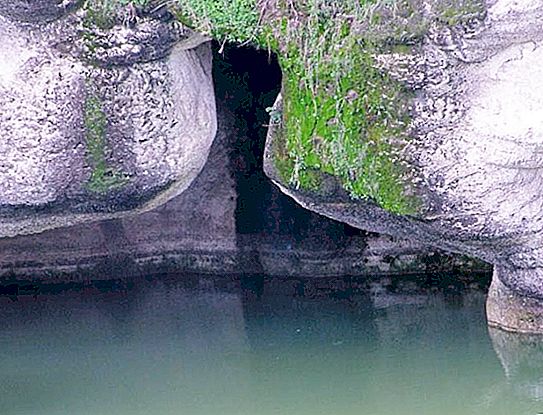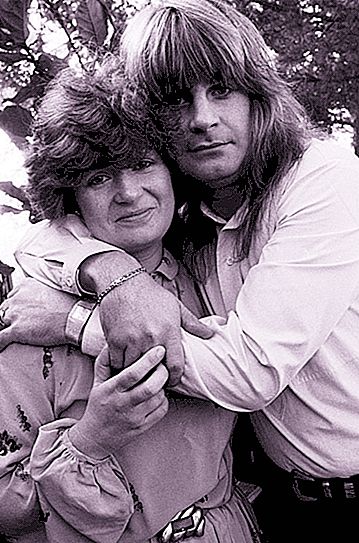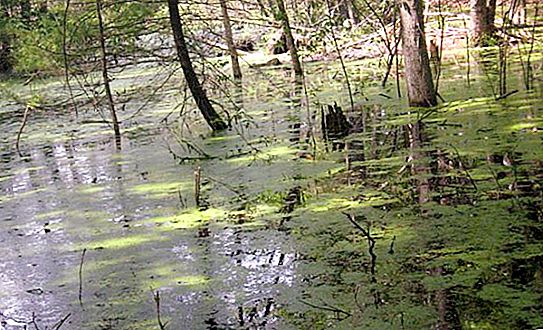The history of the Minsk Regional Museum of Local Lore began in 1959. But then until 1960 it was called Molodechno, because it is located in the city of Molodechno, Minsk Region. The museum began to receive its first visitors in 1964. Since 2006, the exposition has been located in the new building.
The local history museum of Minsk stores seventy-six and a half thousand historical objects. Exhibitions and classes on various topics are held here annually.
In 2011, a new exhibition opened, in which the historical period of the development of the region from ancient times is consistently highlighted. The renewed museum exposition was called “History of the Minsk Region from Ancient Times to the Beginning of the 20th Century”
Prehistoric period
The first exposition row represents the ancient Neolithic and Bronze Age. There are objects found in archaeological expeditions at the excavations of ancient mounds, as well as in the cultural layer of the Krupsky region: amulets from the bones of dead animals, jewelry from bronze.
As part of Kievan Rus
This period affects the history of ancient cities located within the borders of the present Minsk region. In the X-XII centuries. here was the Principality of Polotsk, on the territory of which the cities of Minsk, Borisov, Zaslavl arose.
This period of time belongs to the famous artifact found during excavations in the area of Staro-Borisov - the golden temporal ring.
As part of the Commonwealth
This period of history is represented by the heraldic art of the 17th century, Catholic sculptures.
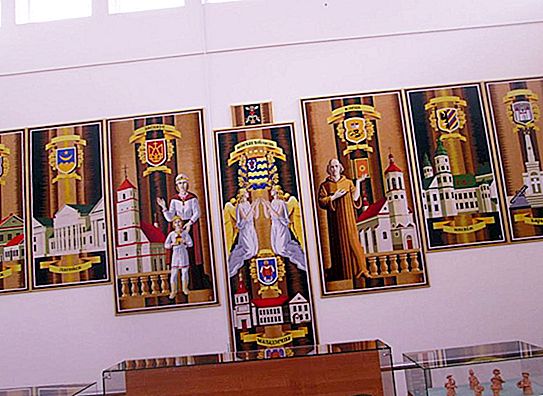
Also presented are objects found in excavations of the city of Nesvizh. You can see the silver coins used by merchants to settle accounts with foreign merchants. Printed publications of the 16th-17th centuries are also presented.
As part of the Russian Empire
The museum of local lore of the Minsk region has collected a large collection of exhibits representing the 19th century.
The exhibition shows documents and objects reflecting the growth of the economy of the region. The documentation and products of manufactories and factories, real schools and cultural institutions are presented. All this testifies to the economic growth of the region, the development of culture and education.
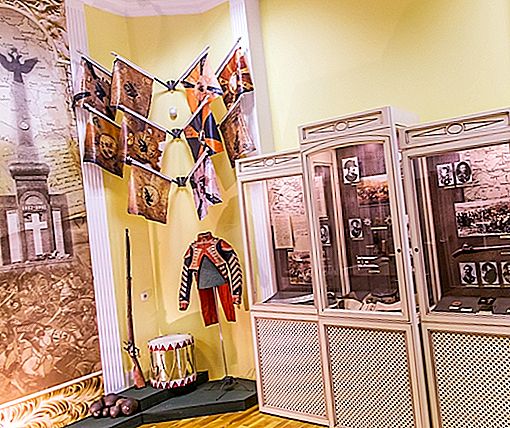
Here you can see the ammunition of the armies of the period of the Napoleonic Wars.
Culture of the late XIX - early XX century
The exposition of this historical period includes works by representatives of Belarusian art - artists I. Oleshkevich, A. Goravsky and many others. The exhibition includes works by prominent writers and poets.
Religious denominations
The Minsk Regional Museum of Local Lore has not ignored the traditional religions that are widespread in Belarus.
The collection of Christianity contains icons, religious objects and documents.
The collection of Islam contains exhibits that introduce visitors to the cultural and spiritual traditions of the Tatars who came to these lands in the 15th century. The Koran, published in the 19th century, and the traditional prayer book are kept here.
Judaism is represented by Jewish religious attributes - candlesticks and other items for worship. The Torah scroll is presented in the collection.
Ethnographic collection of the museum of local lore
Minsk and the region are rich in traditions and crafts. The collection shows household items of peasants and city dwellers: clothes, tableware, numerous photographs and other exhibits.
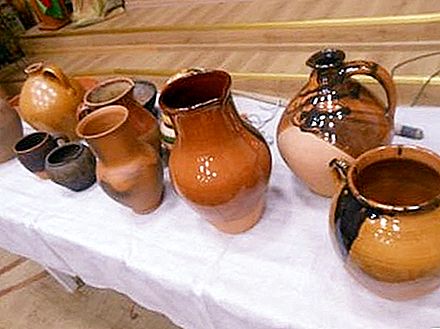
The museum has an extensive collection of Belarusian crafts - these are dishes from wood and ceramics, musical instruments, homespun clothes. Museum staff claim that the exhibition is visited by artisans - they want to learn more about their craft.
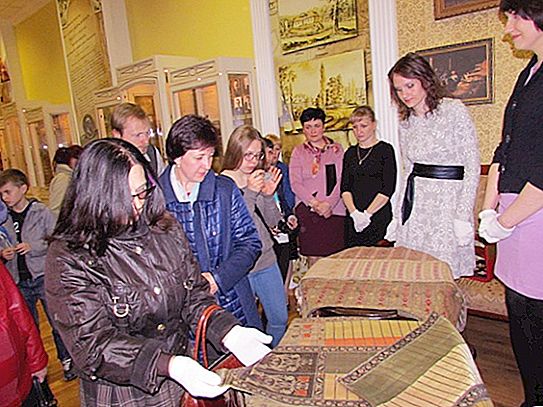
Growth difficulties
The big minus is that the museum is located eighty kilometers from Minsk.
The local history museum of the region should be located in the capital - this is obvious, and its employees are talking about this. The museum fund needs replenishment, it must be maintained, and funds are required for this. And the salaries of museum workers would not hurt to raise.

